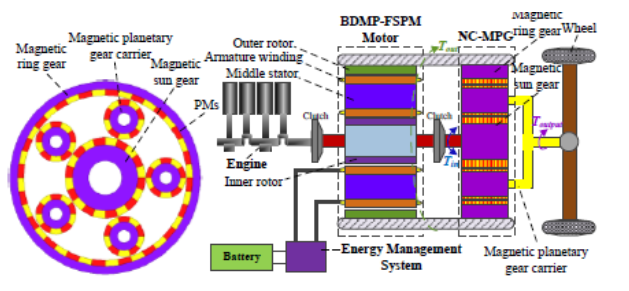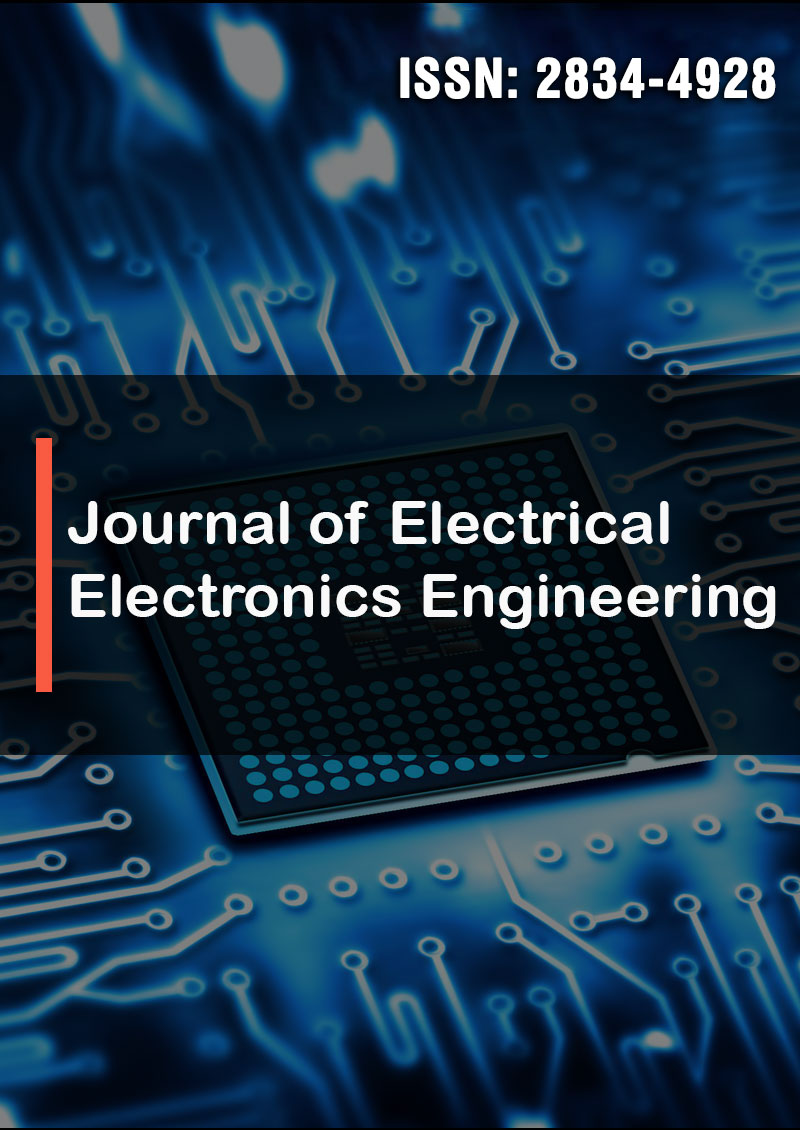Research Article - (2024) Volume 3, Issue 3
Travel In Deep Dark Space with Giant LED Sail
Research Article | J Electrical Electron Eng | 2024 | Volume 3 | Issue 3 | 01–17
Chang Shen*
MSFC, NASA, Huntsville, AL 35812, USA
* Corresponding Author: Chang Shen, MSFC, NASA, Huntsville, AL 35812, USA
Submitted: 2024, Apr 10; Accepted: 2024, May 02; Published: 2024, May 29
Citation: Shen, C. (2024). Travel In Deep Dark Space with Giant LED Sail. J Electrical Electron Eng, 3(3), 01-17.
Abstract
This article discusses the scientific feasibility of sending a man-made device to a neighboring star beyond our solar system with limited fuel capacity and limited travel time in deep dark space using a giant LED sail.
1. The Challenge
The nearest neighboring star Proxima Centauri is 4.02×1016 m away, about 4 lightyears of distance. Currently Voyager 1 is traveling with speed of 1.7×104 m/s (About 5.7×10-5 c, where c is the speed of light) from the distance of 2.35×1013 m away from the Sun. After it overcomes the gravitational potential of the Solar system from the current position, it will have the speed of 1.67×104 m/s (5.58×105 c). Assuming Voyager 1 is traveling straight away from the Sun with this roughly constant speed from its current position, it will need around 7.6×104 years to reach Proxima Centauri. (The lower boundary estimation will be 7.5×104 years, using the current speed of 1.7×104 m/s. We ignore gravitational force from the Proxima Centauri star.) Thus, if we want a spaceship to reach this star within one hundred years, we need to provide the spaceship with many years of continuous thrust from limited on board fuel mass so that it can reach a very high speed, close to a tenth of light speed.
Since a spaceship has limited capacity to carry fuel and propellant, we need to find a high efficiency method of fuel usage to obtain propulsion for long, deep dark space travel. Based on Einstein’s massenergy equation, photons can transform all of their energy into momentum. Using photons to obtain thrust might be a plausible way to fulfill this dream. Unlike solar sails, which use outside photons passively from a star we propose building a giant photon sail with an onboard LED photon source that uses energy produced by an onboard energy source, such as a macro nuclear fission generator [1,2]. We will discuss what power density of LED sail and size are required and what kind of energy transformation process should be considered for this kind of deep space travel.
Basically, there are five ways to obtain thrust from working energy for a rocket, namely chemical reaction, fission, fusion, star photons, and annihilation (matter and antimatter). Storage of antimatter in a real world is very difficult with today’s storage technology for antimatter. It would be interesting if we could store positronium, and strip off the outside electrons for annihilation when using it. Since e and e+ have same mass, the electron actually does not form an outside electron cloud, so it is very hard to store this fuel. To compare the efficiency difference among those five processes of burning energy to obtain momentum, such as nuclear electric propulsion (NEP), nuclear thermal propulsion (NTP) [3] and chemical combustion, we can define an ideal up- limit pure number index of energy efficiency as below for comparison:





